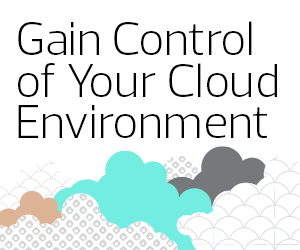During the tumultuous first two years of the COVID-19 pandemic, healthcare organizations experienced a rapid increase in technology adoption, a worsening staff shortage related to burnout, and an increase in the amount and sophistication of cyberthreats.
While the future effects of the pandemic — and even this winter’s “tripledemic” — are yet to be seen, healthcare and health IT leaders are reflecting on the industry’s recent evolution and finding ways to prepare for the future through digital transformation.
Here are some of the top takeaways from health IT leaders on healthcare’s digital transformation based on HealthTech’s event coverage, blogs, interviews and Twitter polls this year.
1. Staff Shortage Impacts on Healthcare Severe and Likely to Continue
Staff shortages were a major concern for health IT leaders in 2022, and they will likely continue into 2023. In April of this year, 39 percent of leaders surveyed in a HealthTech Twitter poll responded that staff shortages were their biggest health IT concern.
#HealthIT leaders: What's your biggest health IT concern?
— HealthTech Magazine (@HealthTechMag) April 4, 2022
HealthTech influencer Dr. Nisha Mehta, a diagnostic radiologist with the U.S. Department of Veterans Affairs and founder of the Facebook groups Physician Community and Physician Side Gigs, said earlier this year that hospital nurses were reporting unsafe staffing ratios, feeling stretched beyond capacity and being pressured to do more with fewer resource.
“I worry about the long-term erosion of quality of care for our patients if we do not proactively address these shortages by focusing on efforts to retain physicians and other healthcare workers,” she added. “Additionally, reimbursement cuts and rising inflation without corresponding increases in salaries further threaten the healthcare workforce.”
Staff shortages were discussed at events throughout the year, including the American Telemedicine Association’s ATA2022 conference, the 2022 LeadingAge Annual Meeting + EXPO and the CHIME22 Fall Forum. One major takeaway is that technology alone cannot solve staff shortages. Process is just as important.
“Robots are not going to solve your staffing challenge,” said Joe Velderman, vice president of innovation at Cypress Living, during the LeadingAge conference, adding that the deployment of robots must be coupled with a re-engineering of existing workflows to ensure efficiencies.
EXPLORE: How leveraging real-time clinical communication improves care and clinical efficiencies.
Solutions such as clinical automation, virtual nursing and partner-delivered IT services can help healthcare organizations mitigate the impacts of both clinician and IT shortages when implemented intentionally with stakeholder input.
However, some healthcare organizations may need to undergo a culture shift to prepare clinicians for technology adoption. Some may be hesitant to trust clinical automation because they are concerned about patient care and privacy.
“Overcoming this challenge requires a culture shift. Healthcare organizations should emphasize to clinicians that clinical automation and computer vision AI technologies aren’t intended to penalize or replace them, but to support them in their workflow and improve patient care,” write CDW Healthcare Director of Virtual Care Elliott Wilson and Frederick Holston, director of healthcare at Sirius, a CDW company, in a recent blog post. “It’s also important to create a culture of exploration led by clinical executives who are working with IT teams, clinicians and financial executives within the organization. That culture change needs to be owned at the top of the organization to drive acceptance.”
















